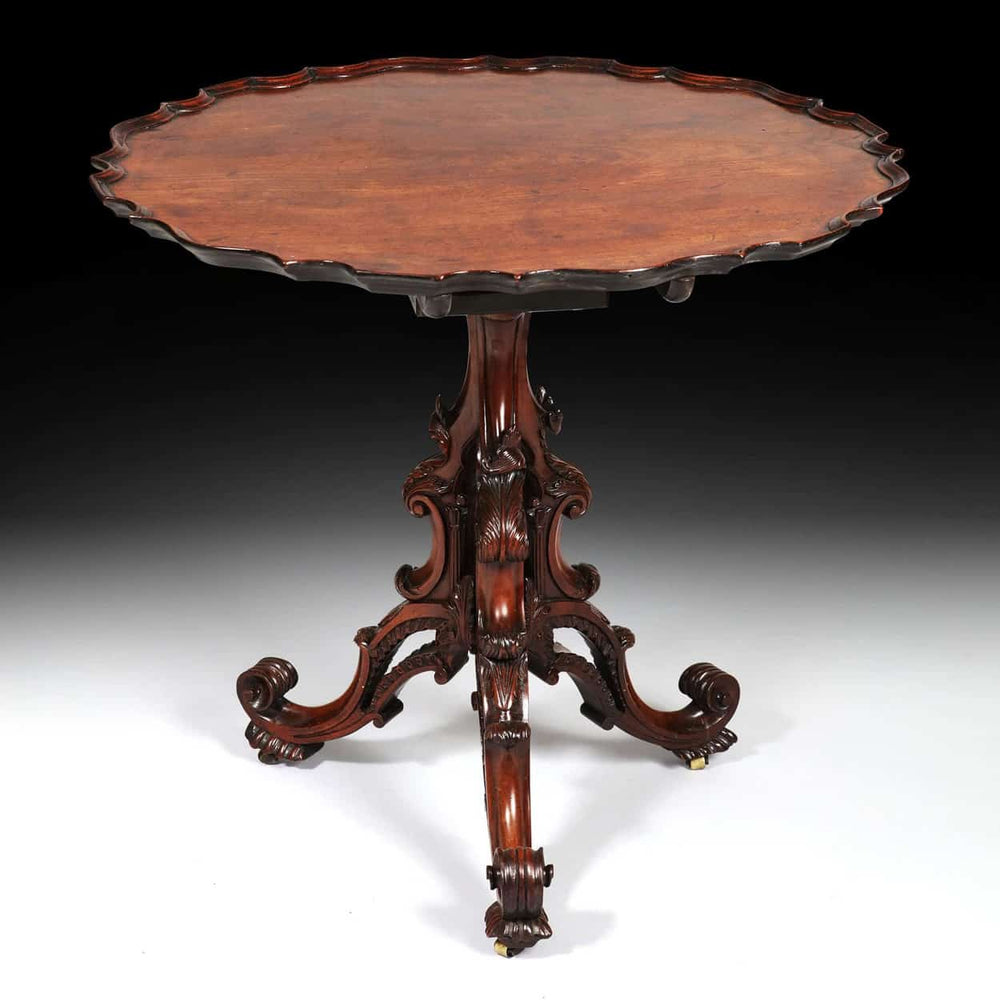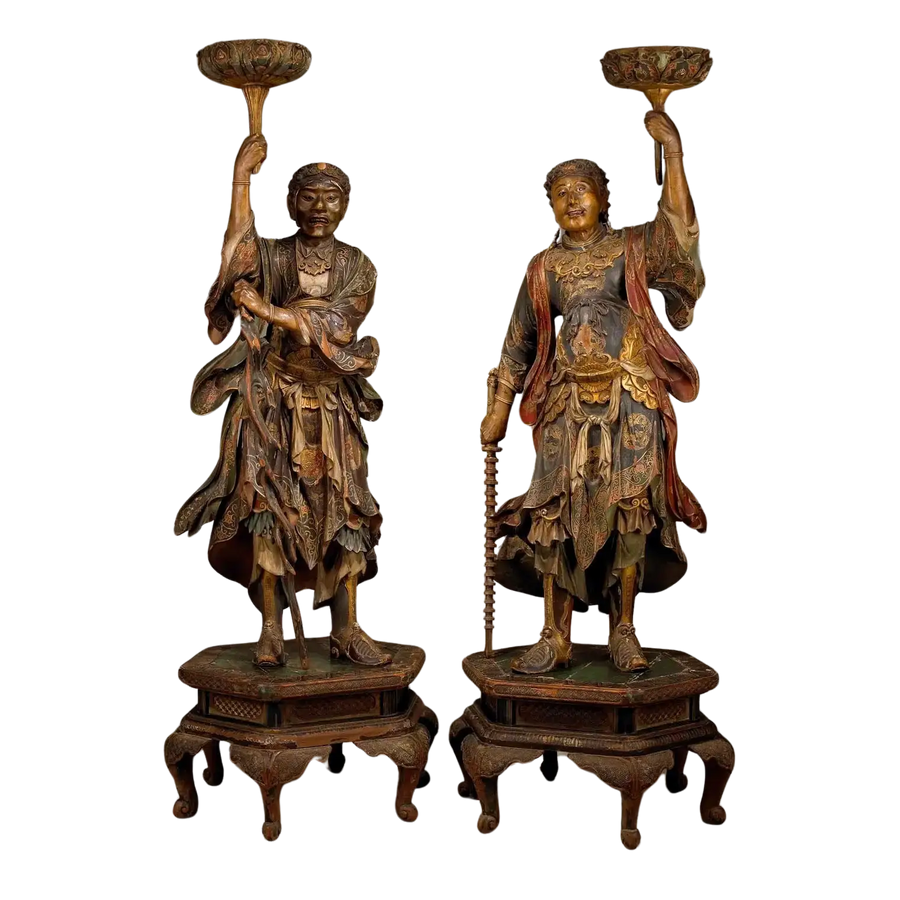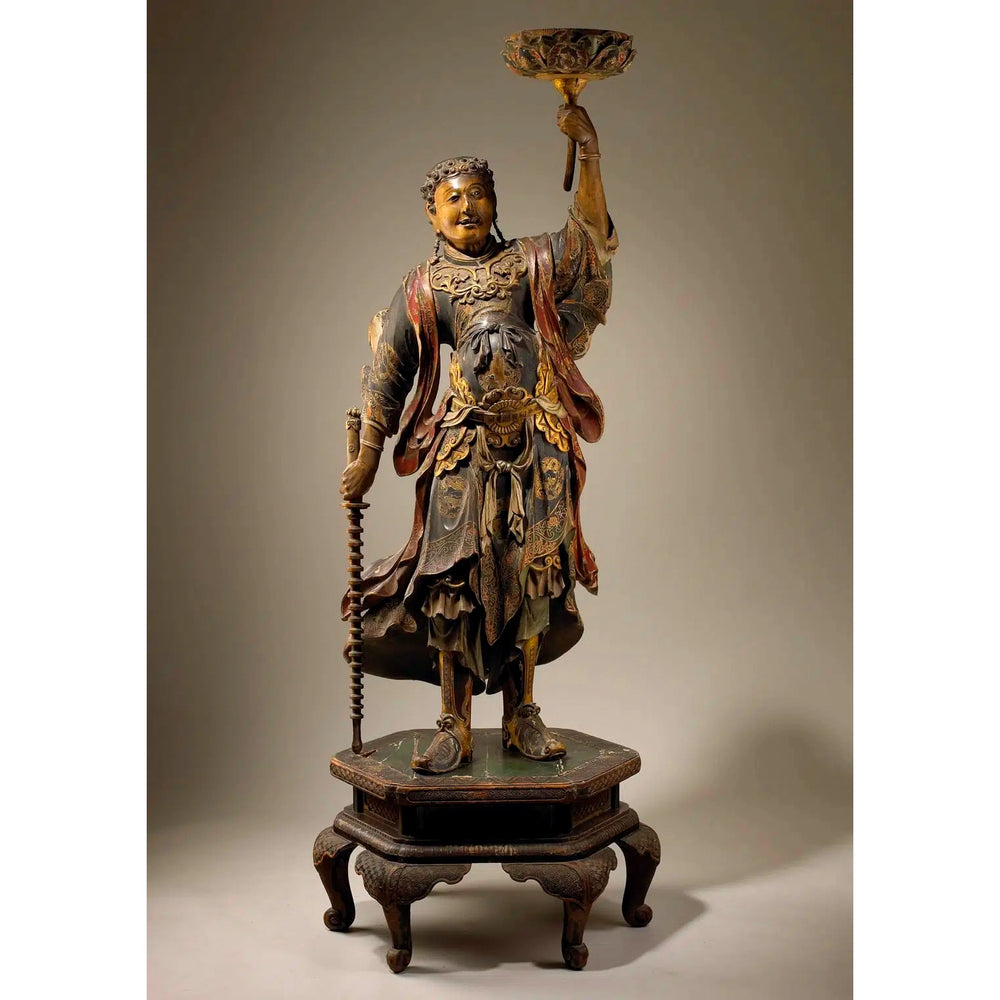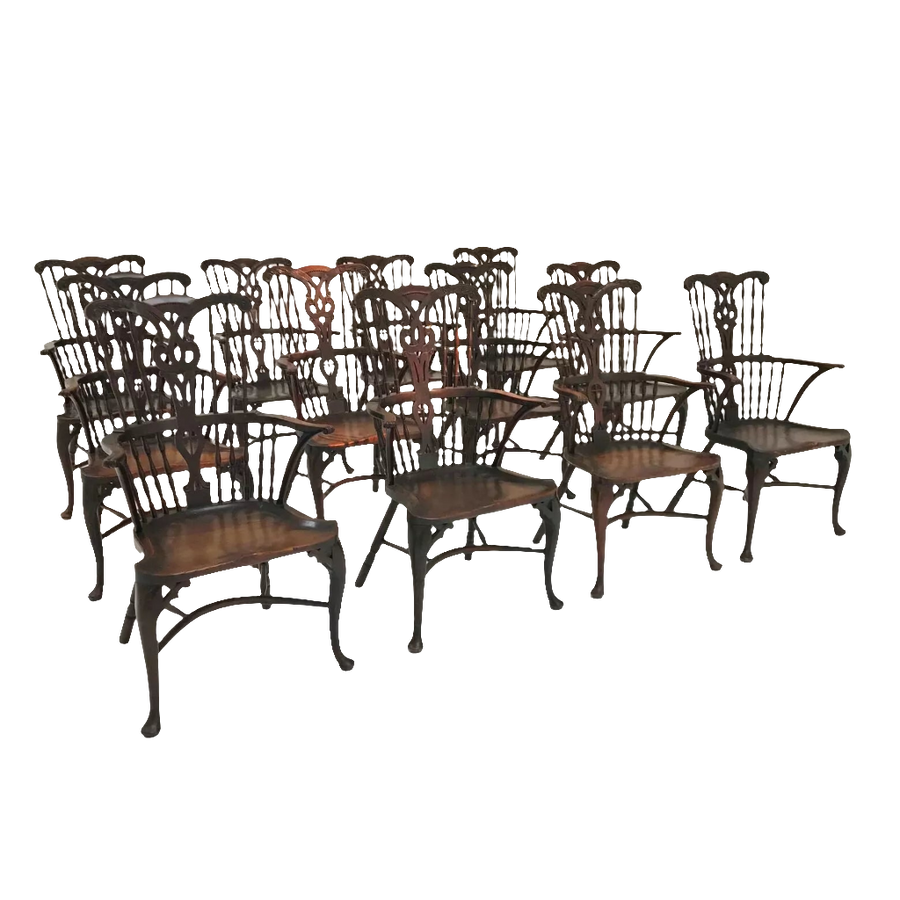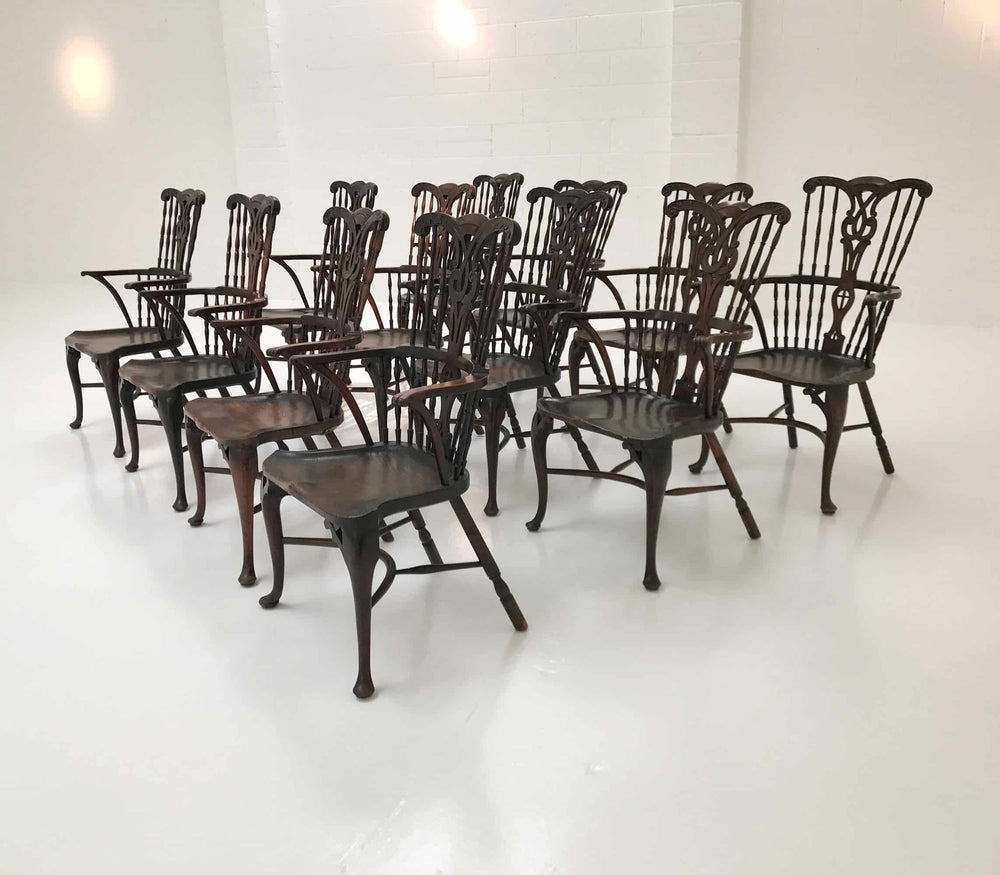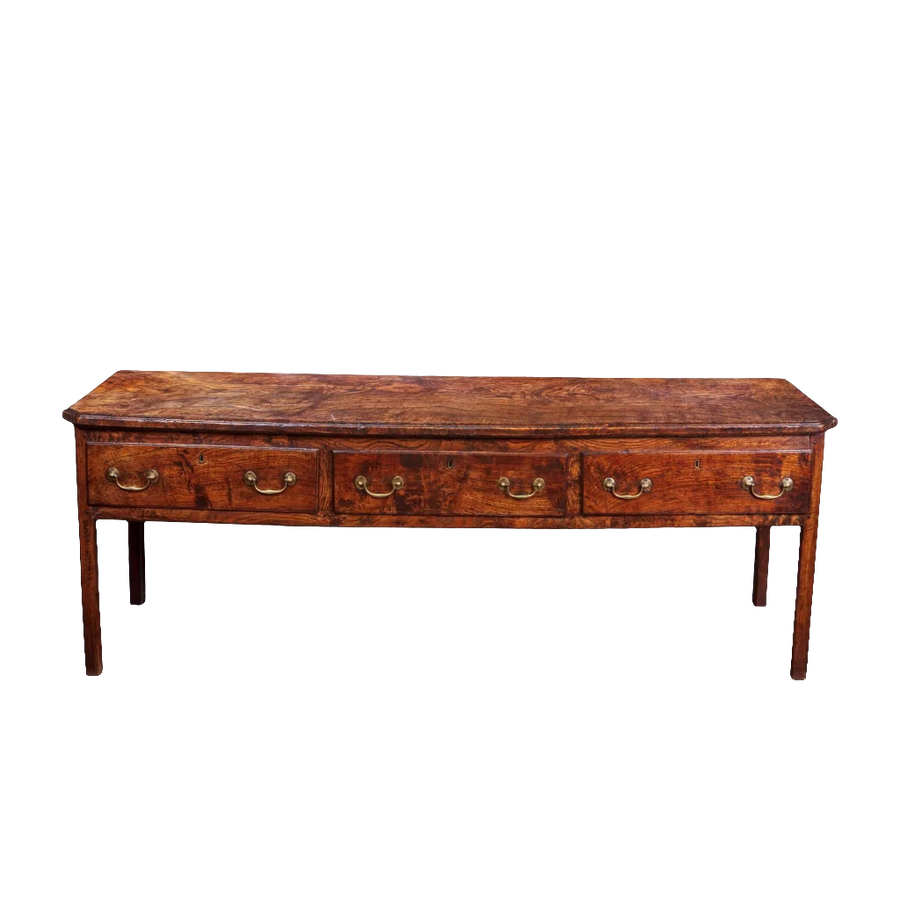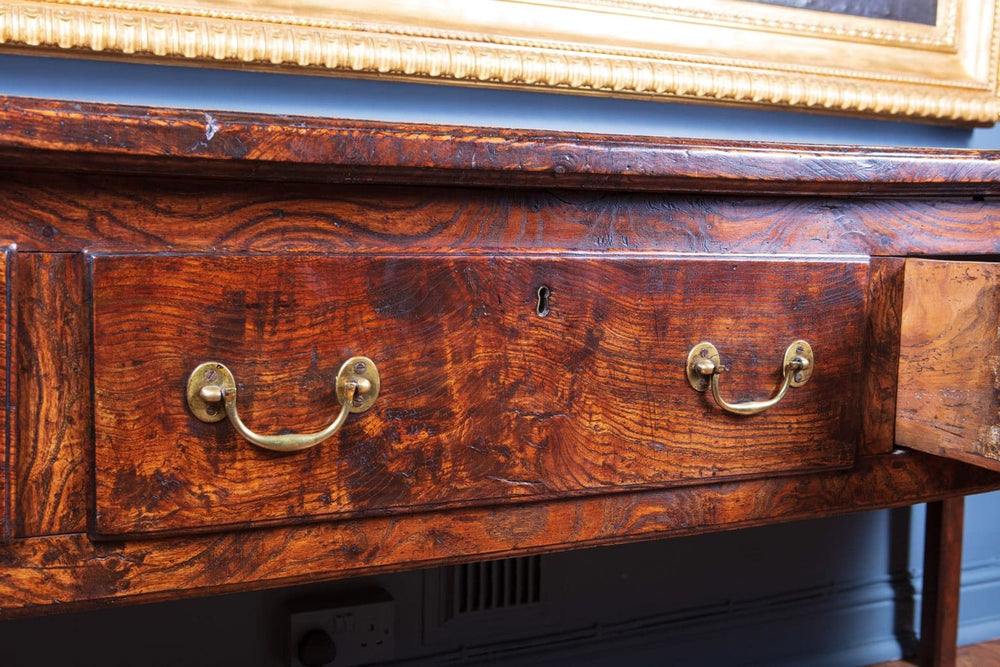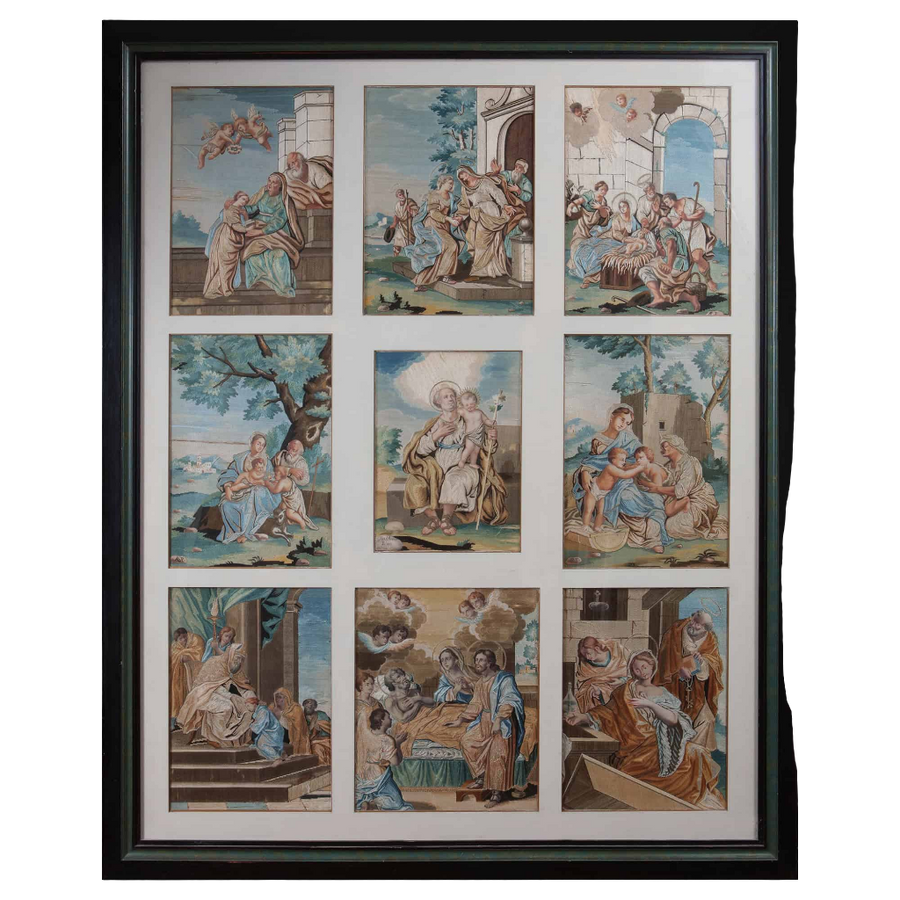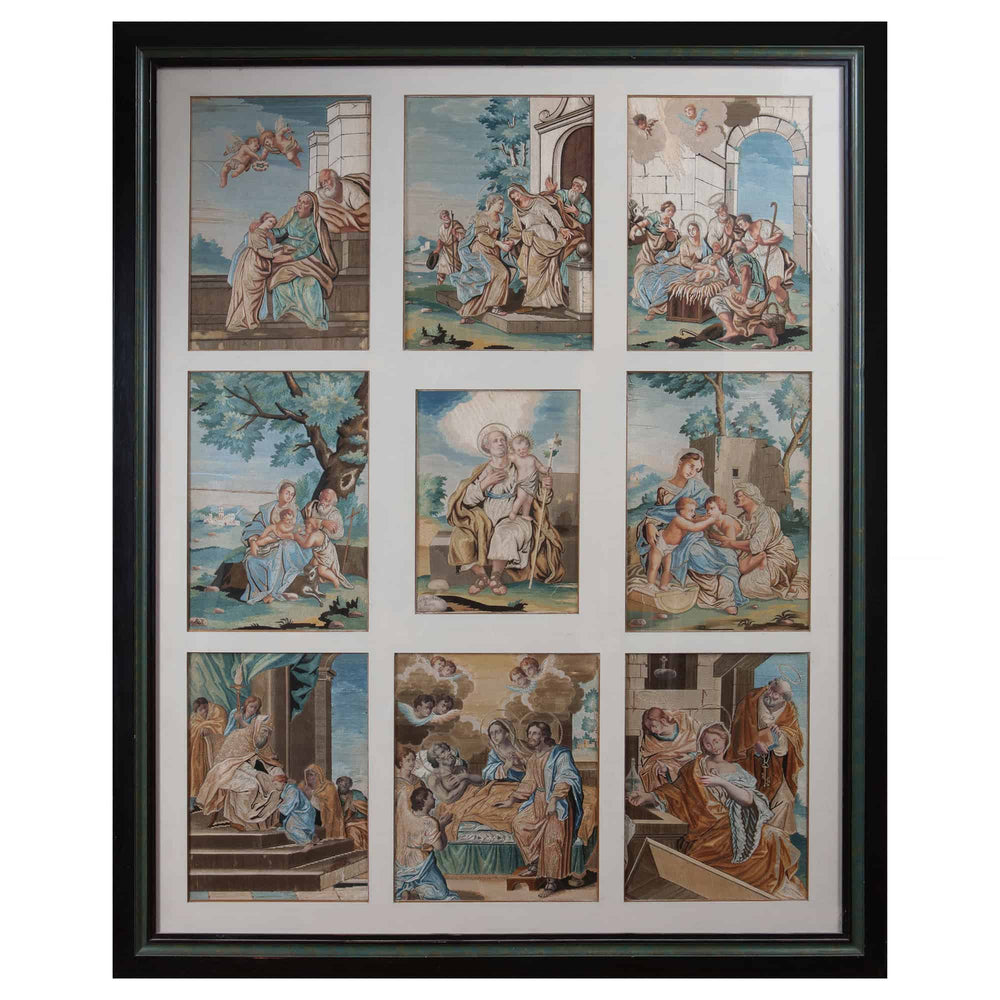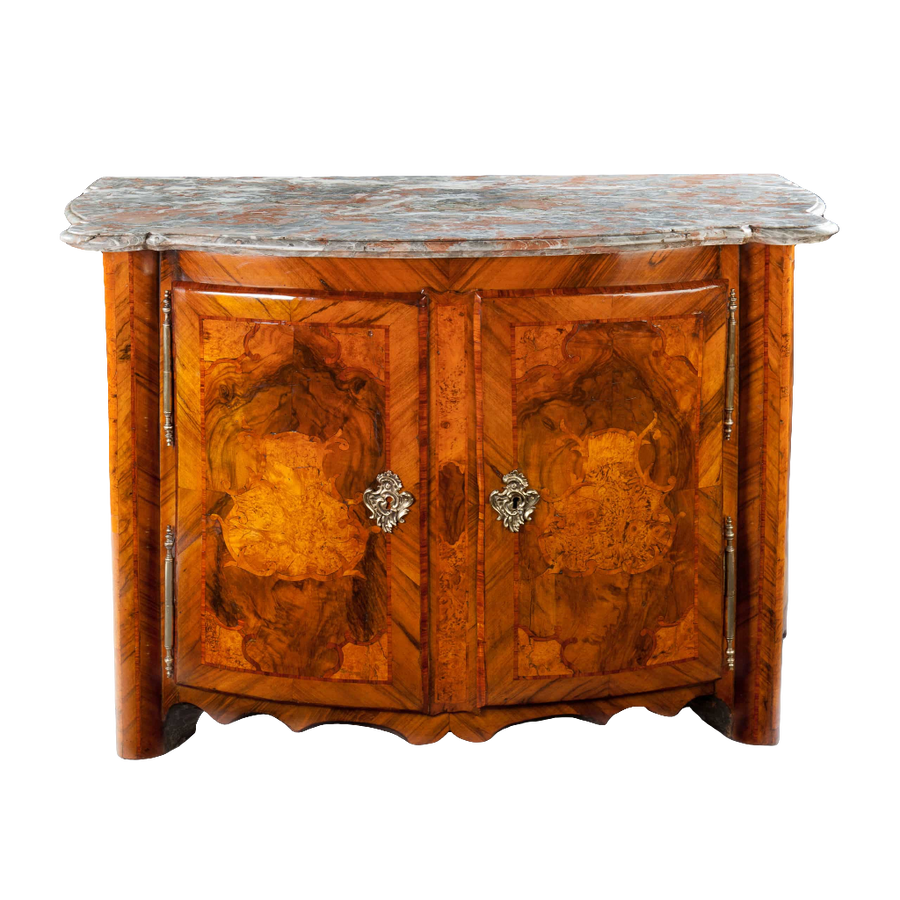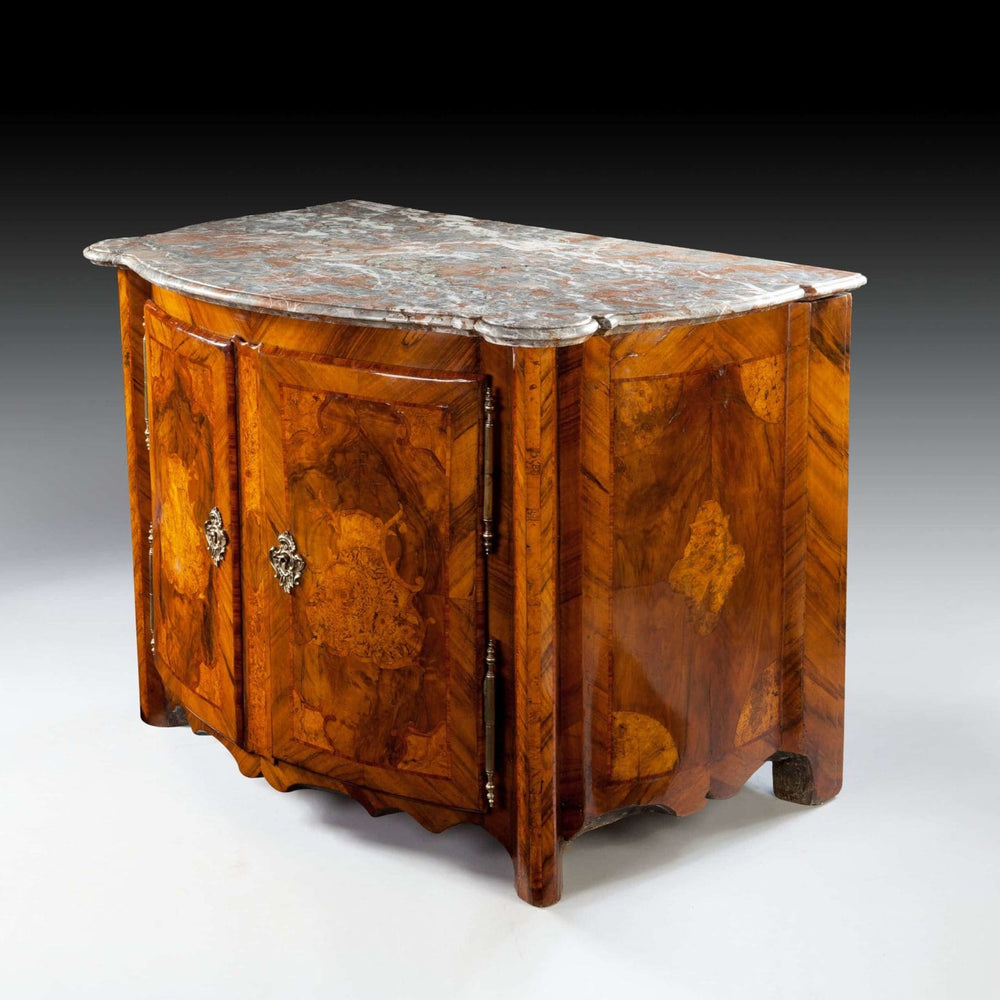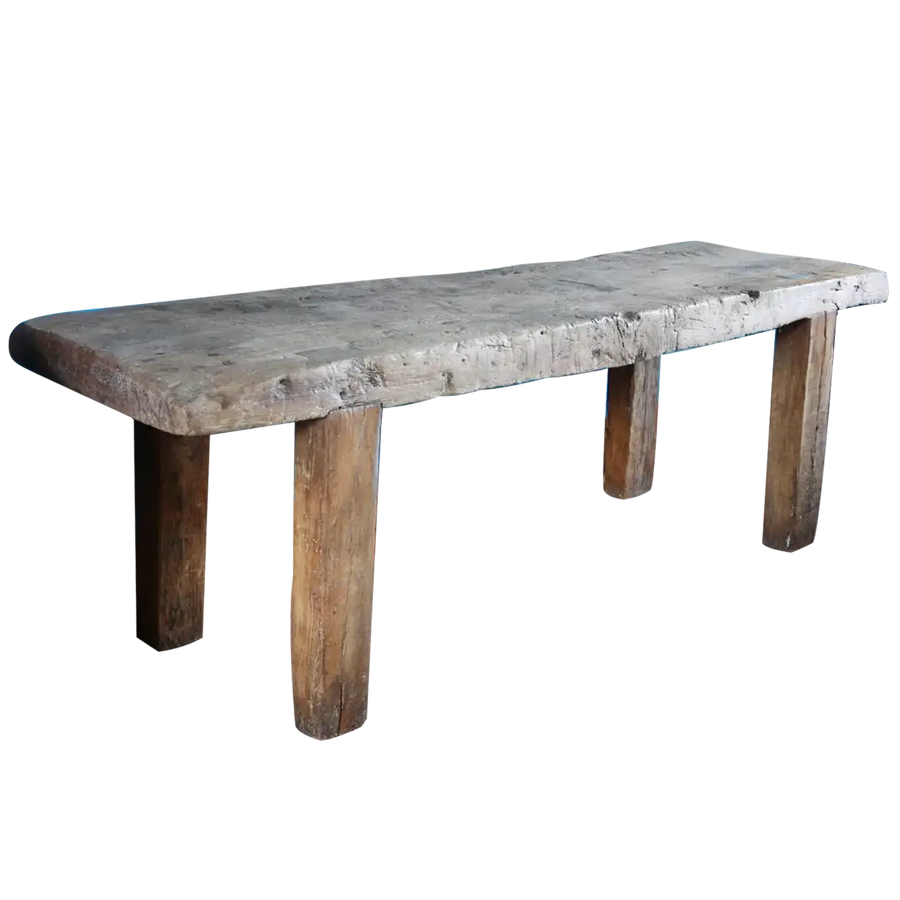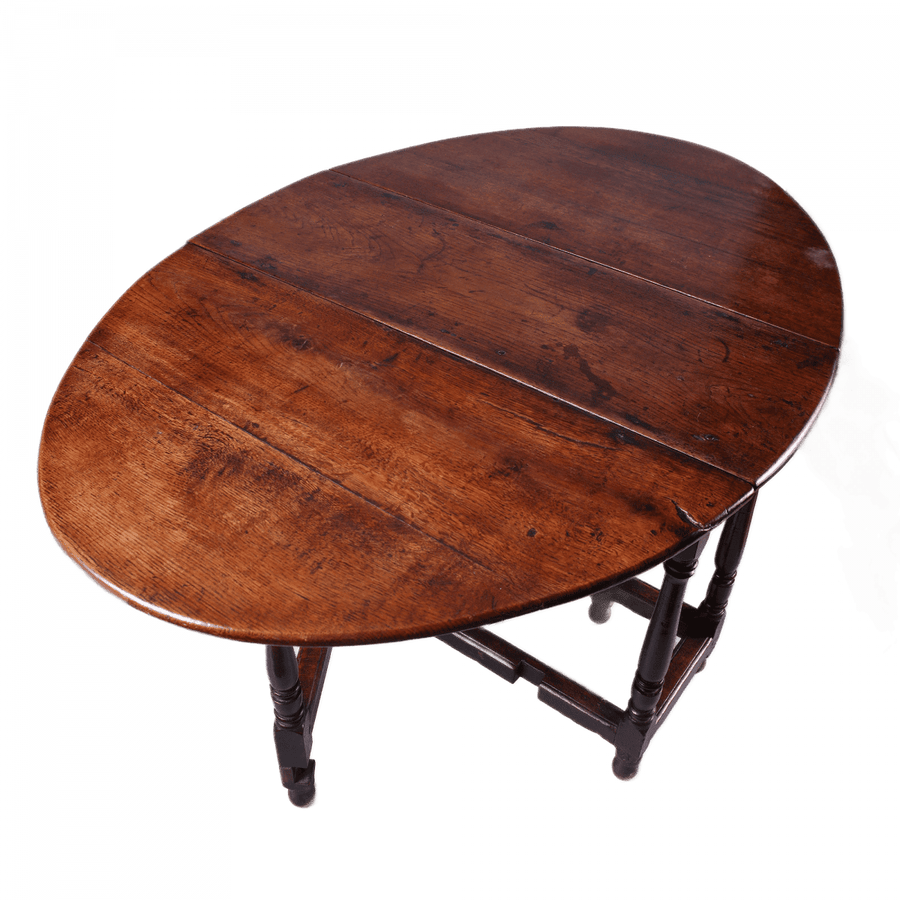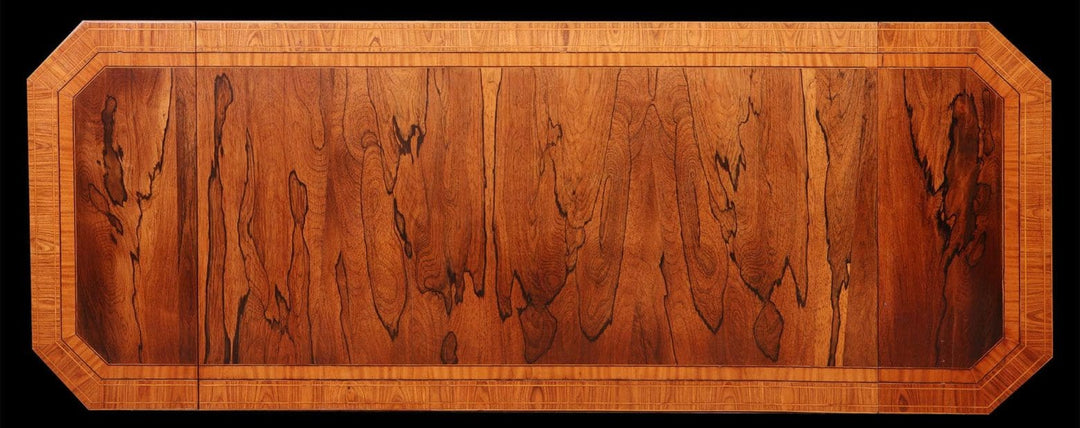
Elm is one of the great traditional timbers of English furniture-making, valued for its strength, durability, and striking grain. With a colour ranging from warm honey-brown to a deeper russet, elm was used extensively in vernacular country furniture, often paired with other native timbers such as yew and ash. Its bold swirling grain, when quarter-cut, could produce dramatic decorative effects, giving elm furniture a distinctive rustic beauty that remains highly prized today.
Origins and Qualities
Elm grows widely across Britain and Europe, thriving in damp soil and reaching substantial sizes. The timber is heavy and coarse-grained, with a pronounced, sometimes wavy figure. It resists splitting, making it particularly well suited to large single boards for seats, table tops, and case furniture. Unlike oak or walnut, elm was rarely used in the finest London cabinetmaking workshops, but in country furniture it was essential, giving rural craftsmen a sturdy, reliable material for everyday use.
Decorative Uses
Although elm is often associated with robust functionality, it can also be highly decorative. Quarter-sawn elm reveals a lively, swirling grain pattern that has great visual character. It was frequently used for table tops, chest fronts, and chair seats, where the natural figuring could be fully appreciated. Combined with its warm tone and durability, elm lent vernacular furniture a characterful presence.
Elm in Vernacular Furniture
Elm’s most iconic use is in the Windsor chair, where broad, solid elm boards were employed for the seats, while yew, ash, or beech formed the turned and bent spindles. This pairing of elm and yew gave Windsor chairs their distinct strength and beauty, making them a mainstay of English domestic life in the 18th and 19th centuries. Elm was also used for country dressers, coffers, and farmhouse tables, reflecting its role as a practical yet handsome timber.
Makers and Legacy
While elm was seldom featured in the work of great cabinetmakers such as Chippendale or Gillows, it played a vital role in regional and rural workshops, underpinning the tradition of English country furniture. In the 19th century, elm continued to be used in rustic and utility furniture, admired for its durability and its richly figured boards.
Today, antique elm furniture is valued for its robust charm and strong sense of place. From the swirling grain of a Windsor chair seat to the bold planks of a farmhouse table, elm remains synonymous with the character of traditional English furniture-making.





